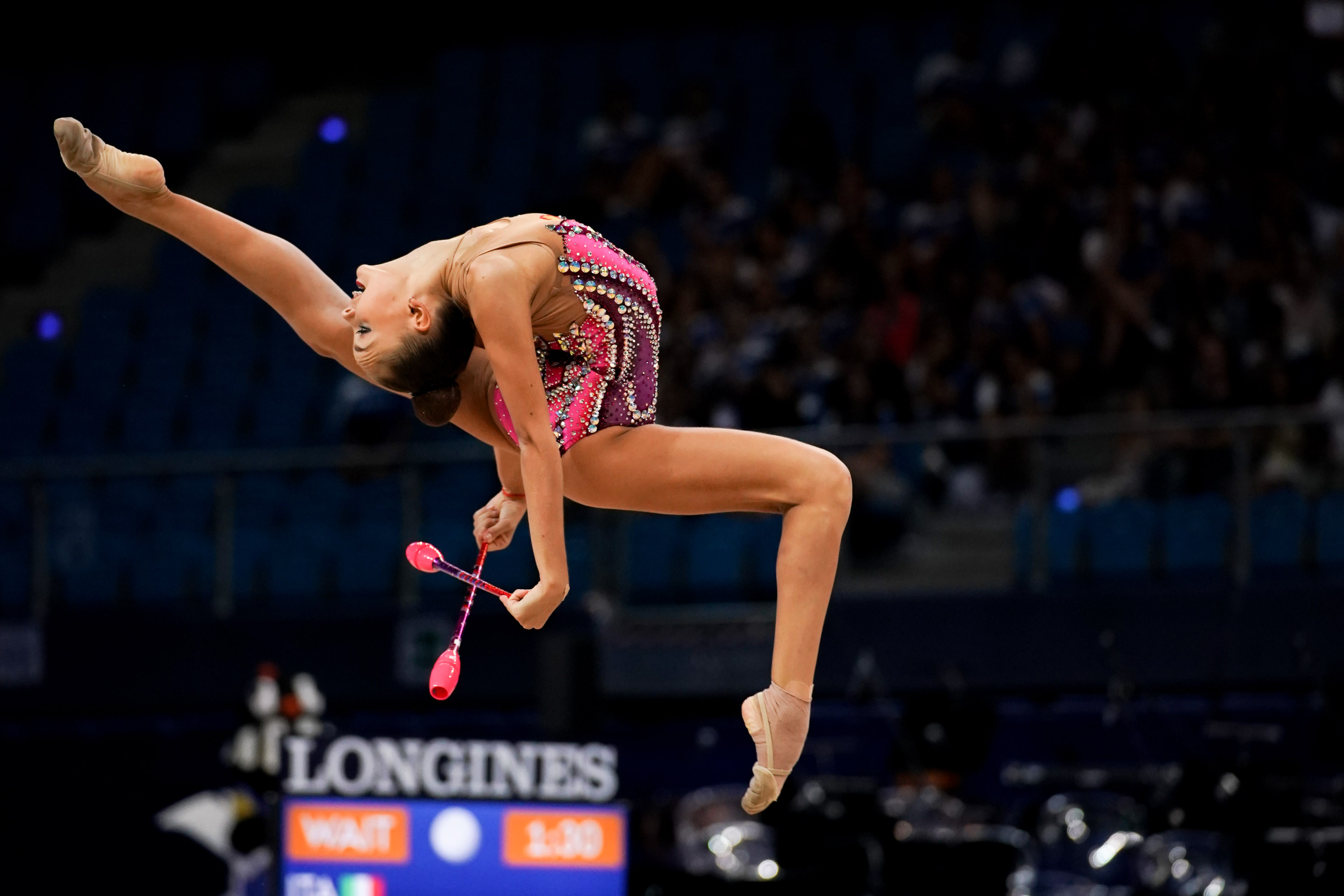
by Carlo Di Giusto
Hi Steve,
As a sports photographer, I would like to share with you and your readers my experience with the Sony A9 in rhythmic gymnastics. I’ve been shooting this beautiful discipline for nearly ten years: I made my debut at Torino’s European Championship in 2008. Since then, I work for the site ginnasticaritmicaitaliana.it and I’m a contributor for the Italian Gymnastics Federation. Last but not least, I have no affiliation with either Sony or any other camera manufacturer, and that I can not be ambassador of whatever brand because I’m a professional journalist.
The Sony A9 allows me to shoot with more compositional freedom thanks to the focus points on the entire frame, to get more frames within the same amount of time due to its fps speed, to have a greater focus consistency and to hold the athlete’s face more easily in focus, which is the most important thing, even when it is partially covered by an apparatus, as a ribbon or a hoop. And, above all, I can follow the action without any black out. It’s a different way of shooting, from which I have not been able to go back. Last, the 70-200GM, which is the lens I’ve used for this small selection of shots, is very precise, fast and sharp.
Clearly, even the A9 is not perfect: there are some aspects that need to be fixed with a firmware upgrade. Like the fact that you can not access the menu while the buffer is being emptied, such as the fact that when a memory card runs out, it does not go to the next, or such as the inability to handle jpg quality, for example. This machine has shown that the mirror is now only a technical limit to the performance enhancement, but need a rapid response from Sony to fix these sins of youth.
However, what matters is that the technological innovation introduced by the A9 allows me to push a little further in the search for spectacular images. For now it is a unique camera of its kind, but if I think that in 2020 there will be the Olympic Games in Tokyo, I think in the next three years we will see the gradual disappearance of the mirrors from the flagship cameras of the biggest manufacturers. If they do not, they’re out of the game.
Carlo Di Giusto

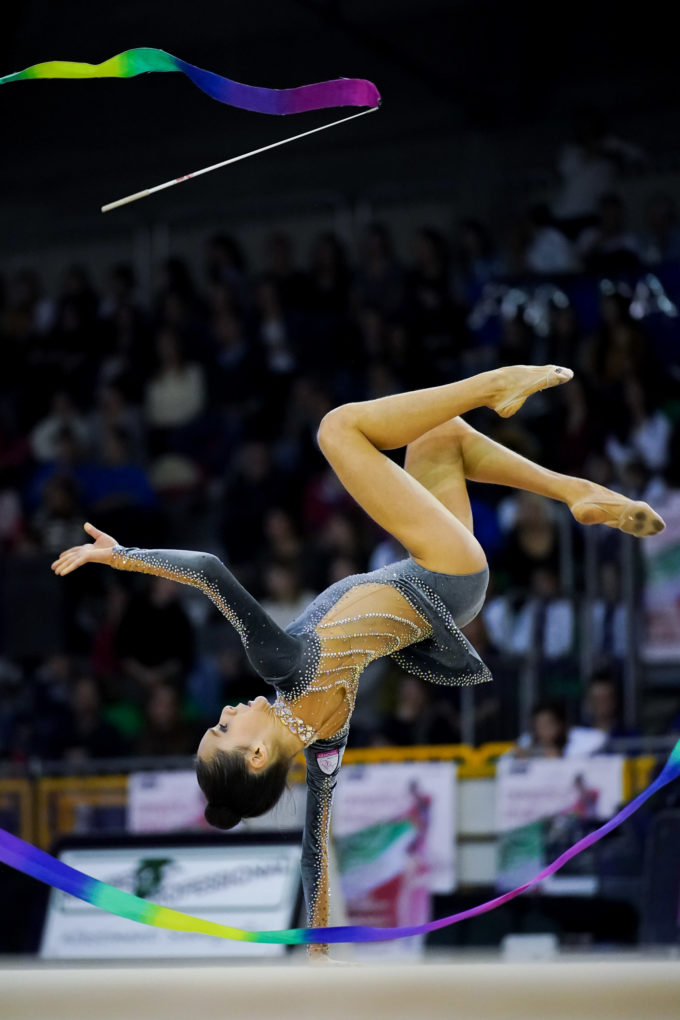
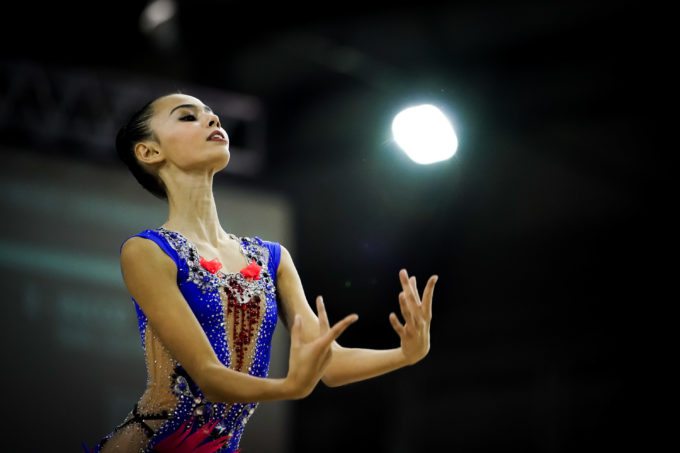
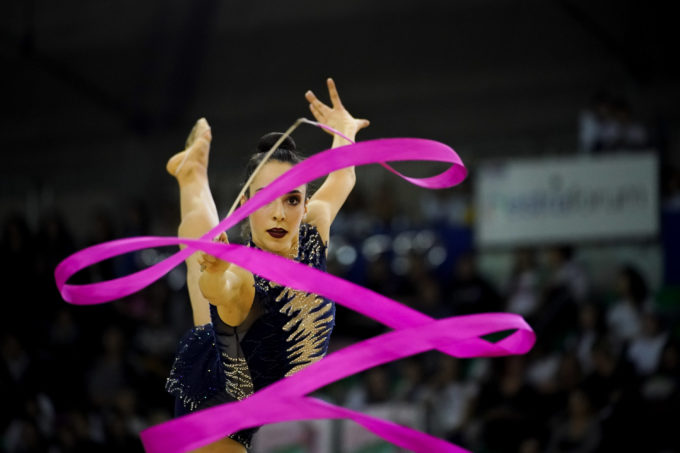
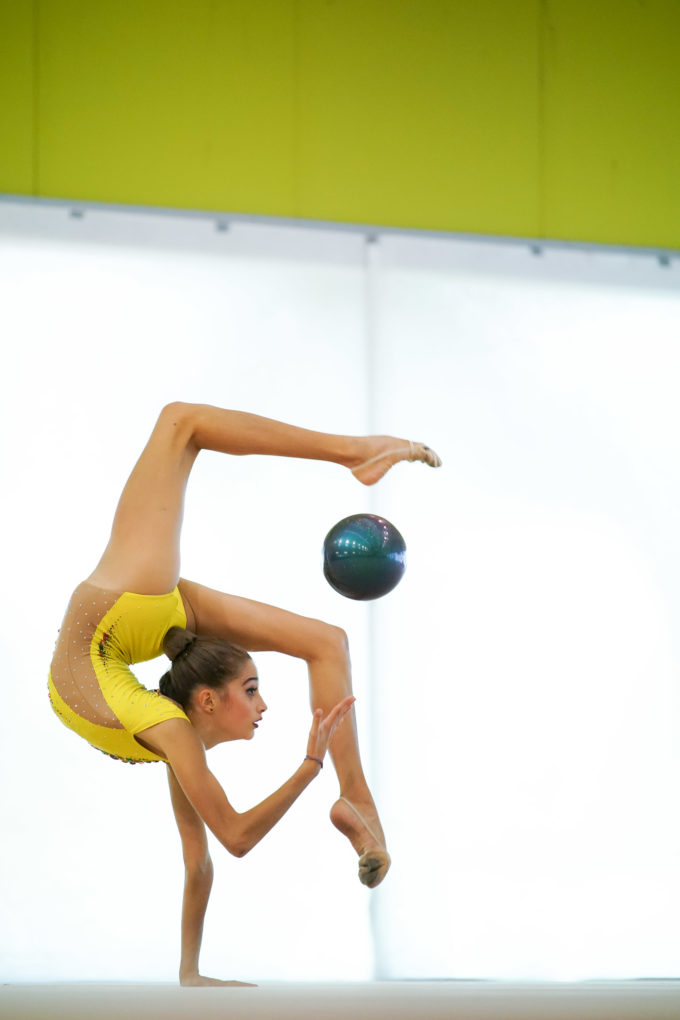
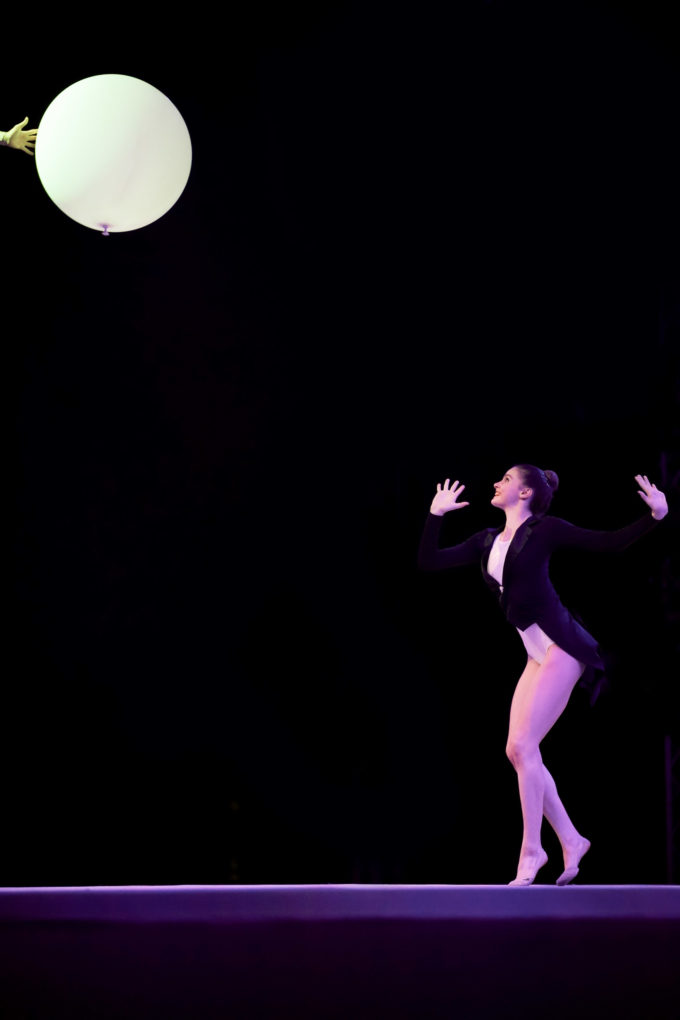
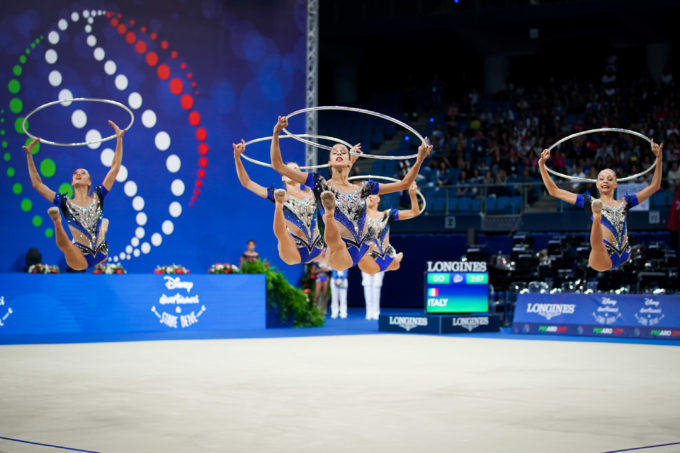
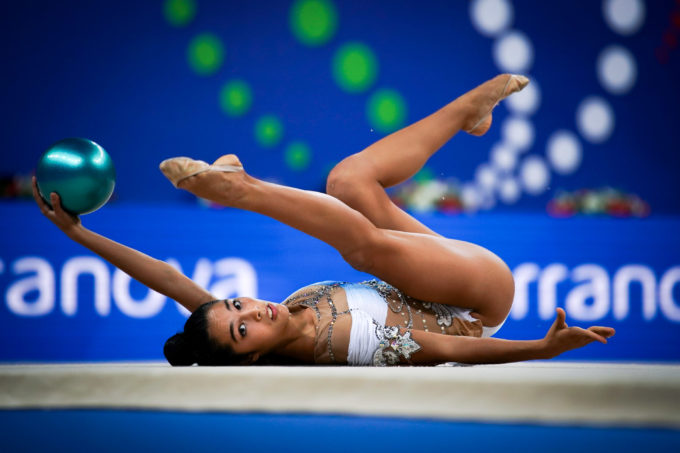
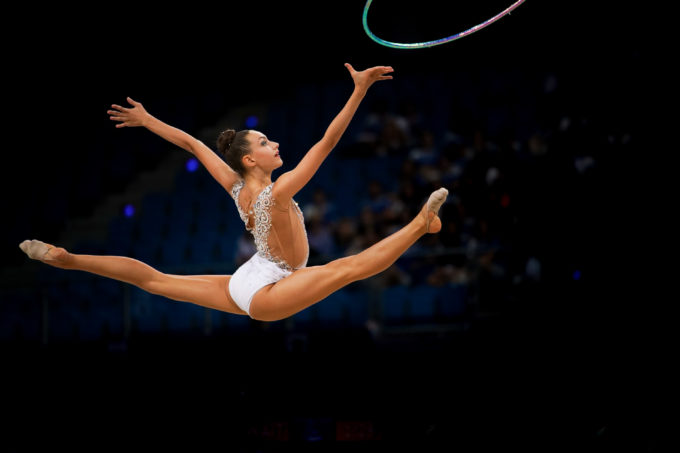
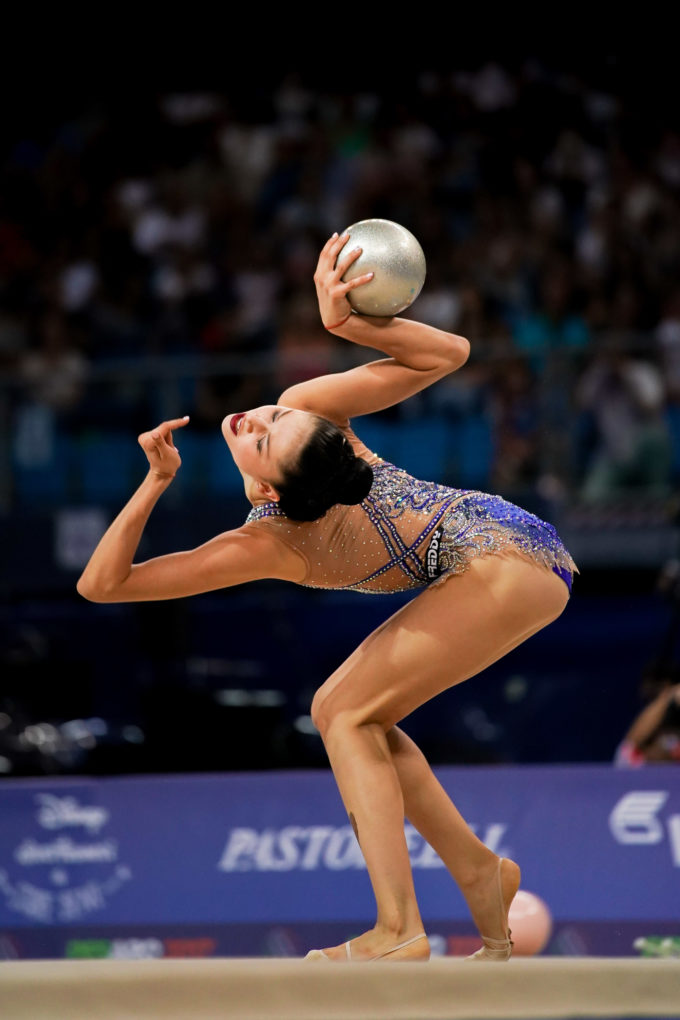
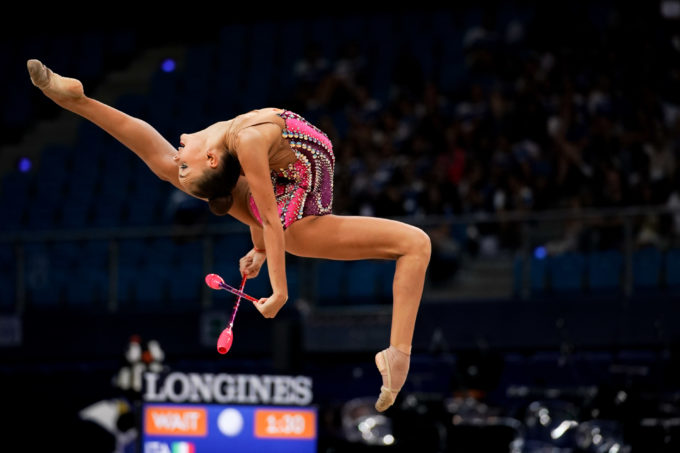
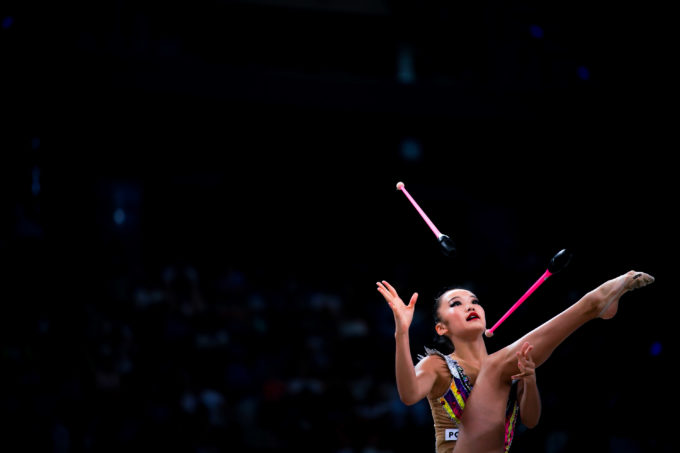

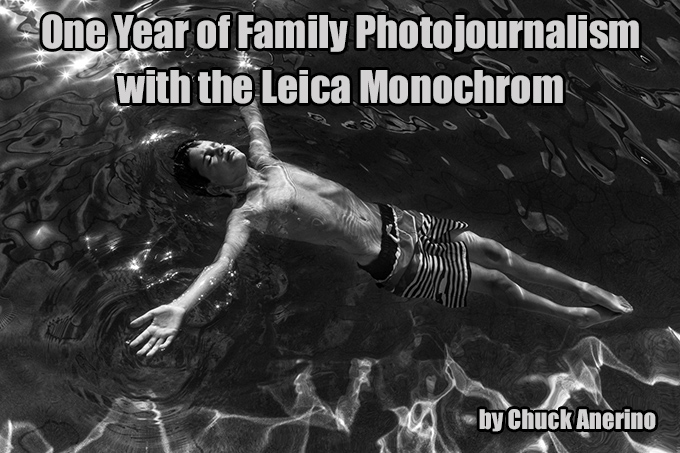
Amazing pictures. Oh, mirrolrrless will disappear ? I currently own a Nikon and was seriously thinking of getting the a7riii but now I am not so sure. Thanks for the beautiful images.
MIRRORS will disappear, as in DSLR’s with mirrors. That’s what he meant. Mirrorless will not be going anywhere, as they are what is selling these days in big numbers while DSLR’s continue to slide in sales. ; )
Thank you all for your appreciation!
Great pictures! I missed the settings, I have curiosity 🙂
Hi Raziel, I usually shot at 1/1000 second at f / 2.8 with ISO depending on the lighting of the venue: the first photos, for example, are at ISO 5000, the other between 2500 and 6400. Manual WB.
Thank you very much Carlo. Im beginning to experiment with Sports Photography, and it’s very tough. I admire all of Sports Photography Professionals just like you.
These are stellar images and thanks for posting them.
I agree mirrors are going away.
I do think similar images could have been made with a Canon or Nikon DSLR.
There are advantages to mirrorless, as you indicated, but there are a few disadvantages, also. Battery life and start up time are two. I have used the Sony A9 and I think those are still issues. The Sony eye focus is simply astounding, an amazing feature, but is not 100% reliable. I have made images with the sensor reticule right one the eye and the images were not in focus. There is room for improvement, but I do like this feature.
There is also the lens issue. If one prefers not to use adaptors, like me, there is no 200 f2 or 800 f5.6 or (currently) 400 f2.8 option. This is a serious limitation in some circumstances.
Nevertheless, I would change completely to Sony if I didn’t have so many expensive lenses with another outfit.
The future is bright! But so is the present.
Battery life of the A9 is STELLAR. One of the best I have used for battery life. I can get 2000-2400 images on a charge. I can shoot so much video and never use my battery. Battery life is a strength of the A9, and in no way a weakness. Eye AF is astounding, and can miss depending on how you move the camera. DSLR’s do not have this feature at all, and I have used EYE AF to capture perfectly in focus images of the face, while moving due to eye AF. Both of these features are strengths, with EYE Af a huge strength over any DSLR, and battery life being a massive strength as well. These are not weaknesses or disadvantages. Battery life used to be a weakness with Sony, but not with the A9 and A7RIII.
With a full charged battery I can photograph 60 gymnasts over three hours, which are more or less 7,000 shots. A nearly 128 GB card. Battery life was one of my main concerns in switching from Canon to Sony, but now I’m completely satisfied. Also because they cost less and are smaller.
Wow, impressive. This battery system is fantastic indeed.
Great pictures!
Fantastic photos, Carlo. The files are also show very nice colour and acutance. Those gymnasts are quite fit and very elegant, too.
I agree with you that mirrors are now just an impediment to progress. But let me be bold: in 2020, I predict that some photographers will be using the RX10 IV. After 2020, more people will be using integrated cameras than system cameras. Either way, Sony has the best products in each category – for now. 🙂
These are all perfect. One question, the first 2 have a yellow/green skin tone, were they under the the same lightning?
Hi Iran, yes, same location (with bad lightning). I should try to postproduce them better (considering I do not see the colors correctly …).
Wonderful Pictures, I really enjoyed looking at them. Must be really satisfying to have the opportunity taking pictures of those excellent Sportlers.
When you say in 2020 the Olympics will be seen through electronic Viewfinders, I think it’s a little bit optimistic.
The point is, you cant’t just build a mirrorless Body and be done. That would be a little too easy and the big companies could develop this for shure. The point is that the AF System is totally different between mirror and mirrorless Systems. As I read, you cannot use the ultrasonic
Lenses with a satisfying speed on mirrorless cameras, which often use linear motors for fast and accurate af.
So I think the point ist that few people will change their complete lens park just to get a mirrorless camera. I doubt there is a simple way for the big companies to solve this problem and not in two or three years for shure.
Your comment about AF would have been correct a few years ago but is now out of date! Quite a few “mirrorless” cameras have phase-detect autofocus, just like a DSLR (but actually even more accurate because they don’t use a separate sensor). My Olympus EM1, for example, has been out for a few years and happily autofocuses the four 4/3 DSLR system lenses I still have. The technology is progressing very quickly indeed.
Yes indeed. I know of no camera that out “AF’s” a Sony A9. For speed and accuracy and ease of use due to the EVF.
Wonderful pictures! I think your final observation is very telling. For a few years now (from the day I bought an Olympus EM1) I’ve thought of mirrors as being a hang-up due to prior necessity with film and something decreasingly relevant for digital capture. Clearly, there are people who are attached to the old way for various reasons and, of course, technology has had a lot more time to become fully developed with SLRs but the future won’t be seen via a mirror!
Great pictures of fantastic athletes.
I agree. Fabulous photos. Amazing athletes!